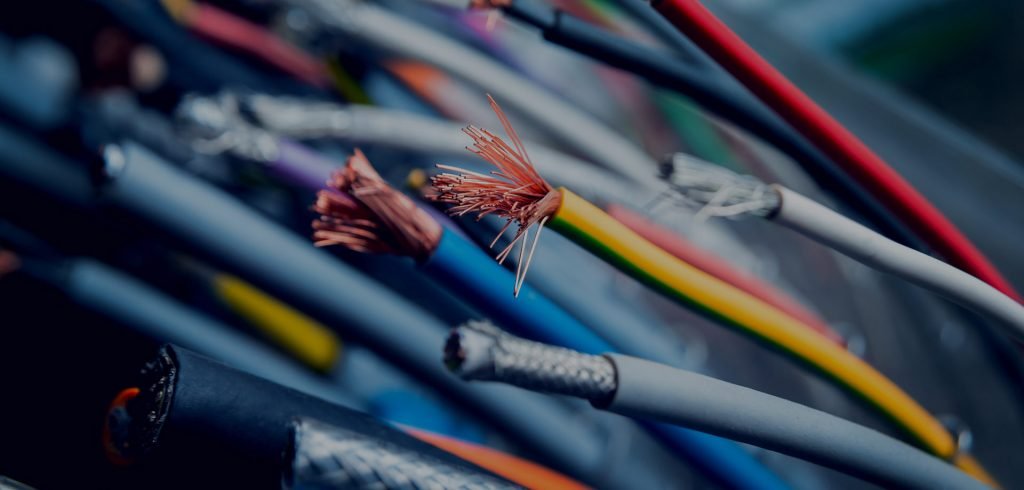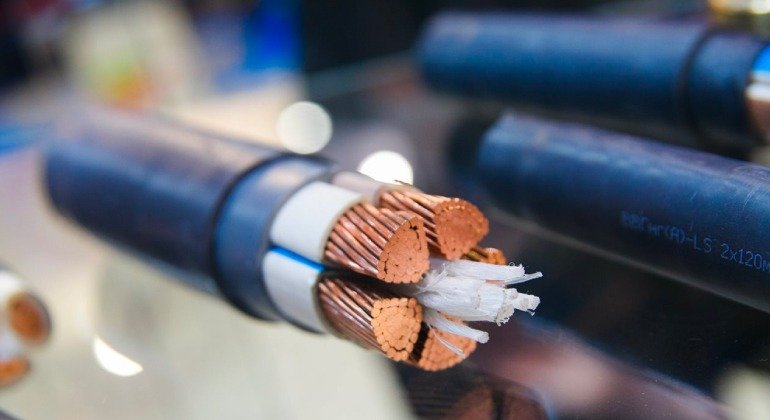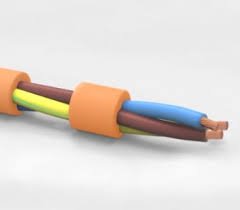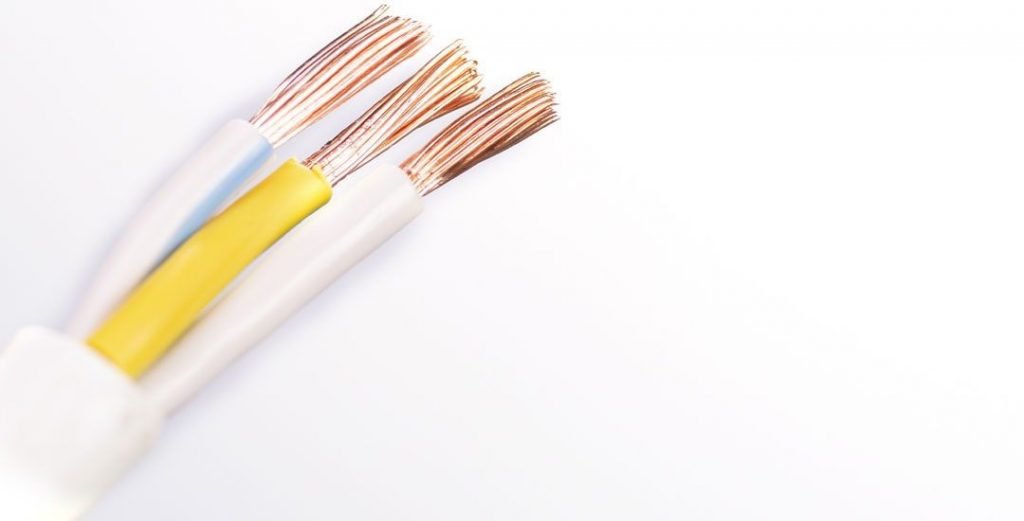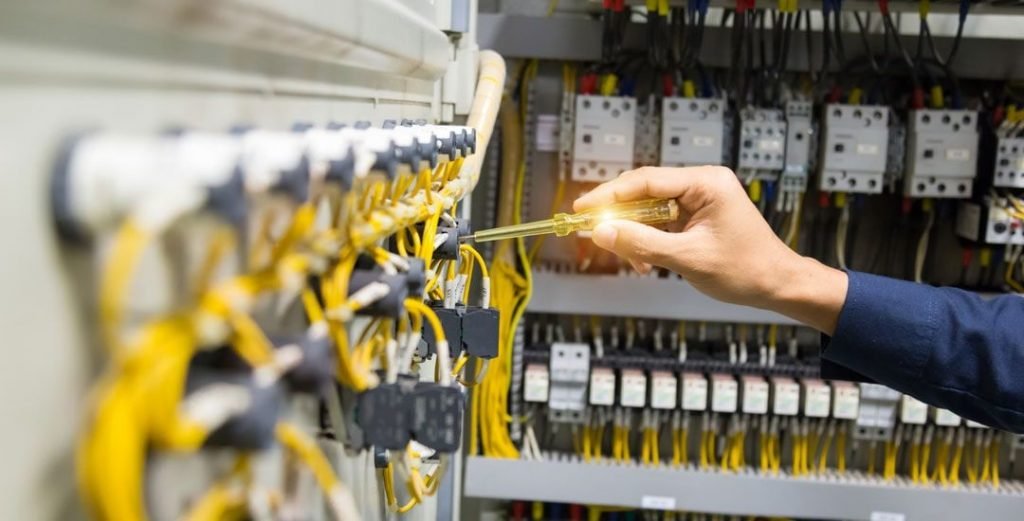
What is the Difference Between NYAF and NYA Kablo?
What is the Difference Between NYAF and NYA Kablo? Wires that are produced for use in high or weak currents, both cores and outer parts of which are insulated against electric current, and which contain metal conductors, are called cables. Cables contain one or more conductive materials. These conductive materials are coated using insulating materials. Cables consist of an insulating part, a plastic material in which the conductive wire is wrapped, in order to ensure the safe flow of electricity with the conductive part where the electrons pass through and form the electric current. Insulating materials minimize the risk of cables being affected by any atmospheric effects. In addition, it is possible to protect the cables when they are exposed to conditions such as water, humidity, weather conditions and chemical factors in the area where they are laid.
Features of NYAF Cable
Cables are one of the most needed products for use in many different areas today. Cables with different properties are used in many areas from electronic devices to apartment installations. One of the most used cables in recent times is NYAF cables. NYAF cables, which contain many different wires in their structure, have a thin structure. NYAF cables with different features provide many advantages when they are used in the right areas and for the right purpose. In order to benefit from these advantages at the highest level, the characteristics of NYAF cables must be mastered. Thus, it may be possible to prevent problems that may be encountered due to wrong cable selection.
NYAF cable is the type of cable that is produced from thin, multi-stranded and B group wires in sections from copper to 0.5-500 square millimeters, and thermoplastic is used as insulator. NYAF cables, which can be thin solid or stranded, can be produced in sections between 0.5 and 500 square millimeters. NYAF cables, which can resist heat up to an average of 105 degrees, are not used as often as NYA cables in indoor installation applications. However, they can be used in basements, parking lots or areas with similar features, inside cable ducts or fixed with crochet hooks. NYAF cables can also be used as mobile cables for outdoor use.
NYAF cables, which can be used as grounding cables, can be used in the terminal connections of automatic controls, in electrical panels, in the connections of portable and mobile devices, and in different cable ducts in humid areas to meet different needs. Generally, it is preferred to use NYAF cables in dry places, control circuits in panels, under and over plaster. NYAF cables are also used in jobs that require flexibility, and the assembly of electrical and electronic products is one of the most used areas.
NYAF cables, which can be used in mobile devices, are a type of cable produced for use both inside panels and in fixed areas. In non-plaster uses, the use of a protection can extend the service life. One of the biggest advantages of NYAF cables is that they are thin and flexible. In this way, they are frequently used in applications that require flexibility.
Features of NYA Cables
NYA cables, which are low voltage cables, are designed as unsheathed and insulated. NYA cables can be produced as single-wire between 0.5 and 10 square millimeters, and as multi-wire between 10 and 400 square millimeters.
Cables play an important role in terms of safety, especially in areas of use where high temperatures are concerned. In order to prevent situations such as electrical leakage, the correct cable must be selected. NYA cables contain copper wire and, thanks to these features, they provide a smooth transmission opportunity. For this reason, it is very advantageous to use them in environments where there is no water.
NYA cables are frequently used in workshops and residences, under plaster, inside PVC pipes, in the assembly of panels and lighting fixtures. They can be used in connection of mobile devices, dry areas inside buildings, distribution panels, inside pipes in installations, fixed facilities, dry and indoor environments.
NYA cables are PVC coated and single core conductive copper cables that can be used in indoor installations with low humidity. Since they have structural properties suitable for use in normal and light operating conditions, they can also be used under plaster and plaster.
NYA cables are suitable for use in pipes due to their structural features. NYA cables, which have remarkable properties in terms of rated voltage, can withstand short-circuit temperatures up to 160 degrees. NYA cables, which can be used in indoor installation areas with very low humidity, provide a problem-free transmission opportunity in the environments where they are used, since they contain copper wire. Due to the advantages they provide, NYA cables are often preferred to be used in environments where there is no water. Known to be long-lasting cable types, NYA cables have a wide range of uses with their flexible structures and different colors.
Before deciding which NYA Cables to use, which have different types according to conductor cross-sections, it is necessary to clearly determine the purpose of use and usage area. Considering this information, when NYA cable cross-section is selected, it is possible to obtain full performance during the use of the selected cable and to ensure the safety of the electrical installation. Although NYA cables and NYAF cables are similar in structure, there are differences between them due to some technical details and usage areas.



